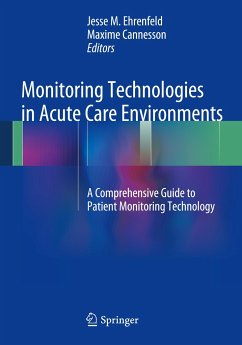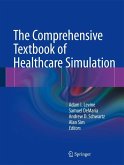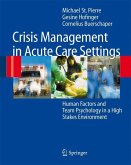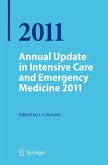This is an introduction to the patient monitoring technologies that are used in today's acute care environments, including the operating room, recovery room, emergency department, intensive care unit, and telemetry floor. To a significant extent, day-to-day medical decision-making relies on the information provided by these technologies, yet how they actually work is not always addressed during education and training.
The editors and contributors are world-renowned experts who specialize in developing, refining, and testing the technology that makes modern-day clinical monitoring possible. Their aim in creating the book is to bridge the gap between clinical training and clinical practice with an easy to use and up-to-date guide.
· How monitoring works in a variety of acute care settings
· For any healthcare professional working in an acute care environment
· How to apply theoretical knowledge to realpatient situations
· Hemodynamic, respiratory, neuro-, metabolic, and other forms of monitoring
· Information technologies in the acute care setting
· New and future technologies
The editors and contributors are world-renowned experts who specialize in developing, refining, and testing the technology that makes modern-day clinical monitoring possible. Their aim in creating the book is to bridge the gap between clinical training and clinical practice with an easy to use and up-to-date guide.
· How monitoring works in a variety of acute care settings
· For any healthcare professional working in an acute care environment
· How to apply theoretical knowledge to realpatient situations
· Hemodynamic, respiratory, neuro-, metabolic, and other forms of monitoring
· Information technologies in the acute care setting
· New and future technologies
From the book reviews:
"The monograph is comprehensive yet eminently readable. The chapters are concise, but each is thorough without obvious weaknesses. ... this text is a valuable resource for trainees who seek a more thorough understanding of some of the technology used in the hospital. ... would be most at home in the library of a training program in emergency medicine, anesthesiology, surgery, or critical care medicine." (Nicholas S. Goehner and Philip E. F. Roman, Canadian Journal of Anesthesia/Journal canadien d'anesthésie, Vol. 61, 2014)
"The monograph is comprehensive yet eminently readable. The chapters are concise, but each is thorough without obvious weaknesses. ... this text is a valuable resource for trainees who seek a more thorough understanding of some of the technology used in the hospital. ... would be most at home in the library of a training program in emergency medicine, anesthesiology, surgery, or critical care medicine." (Nicholas S. Goehner and Philip E. F. Roman, Canadian Journal of Anesthesia/Journal canadien d'anesthésie, Vol. 61, 2014)








